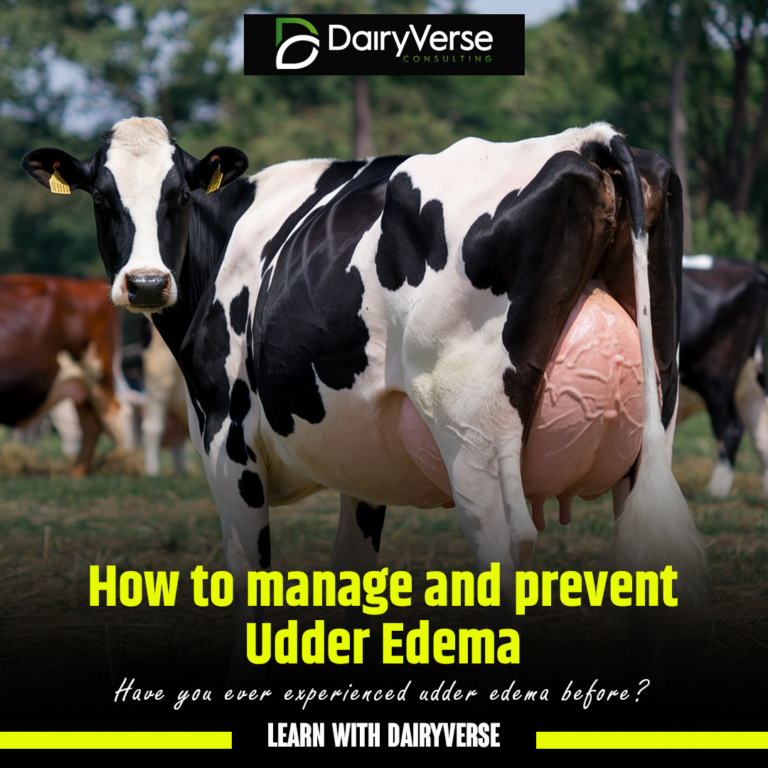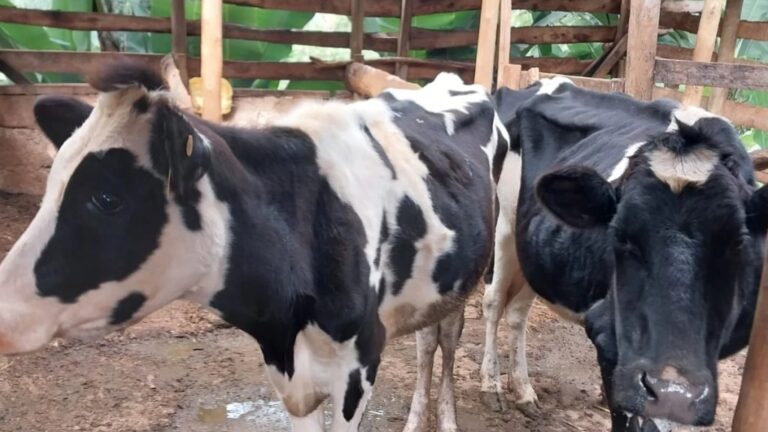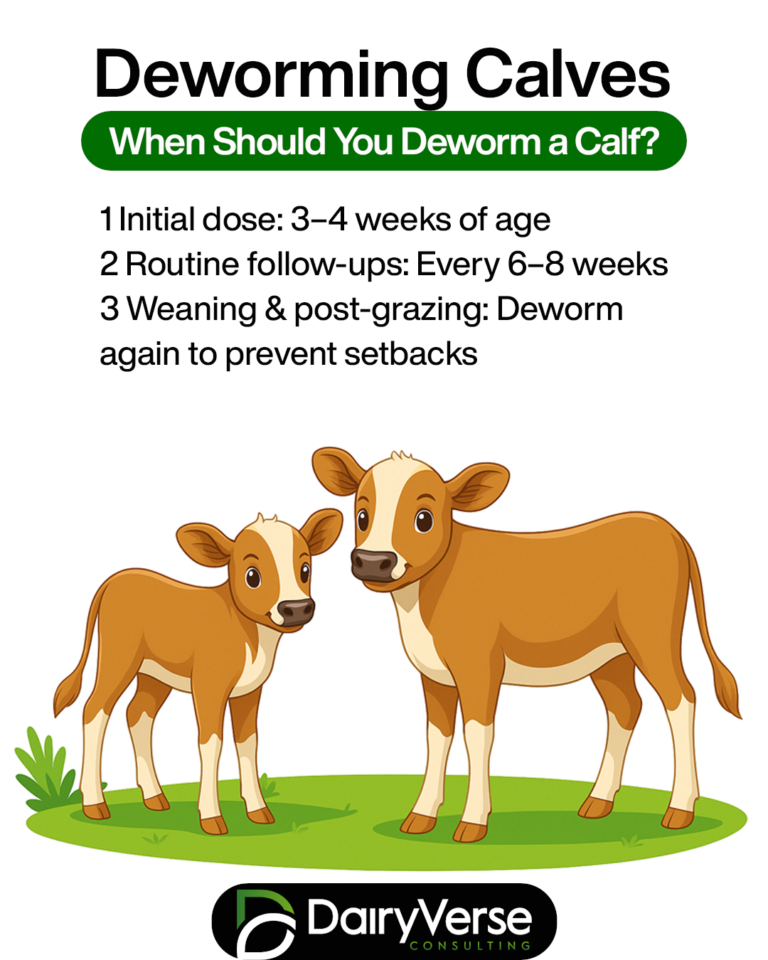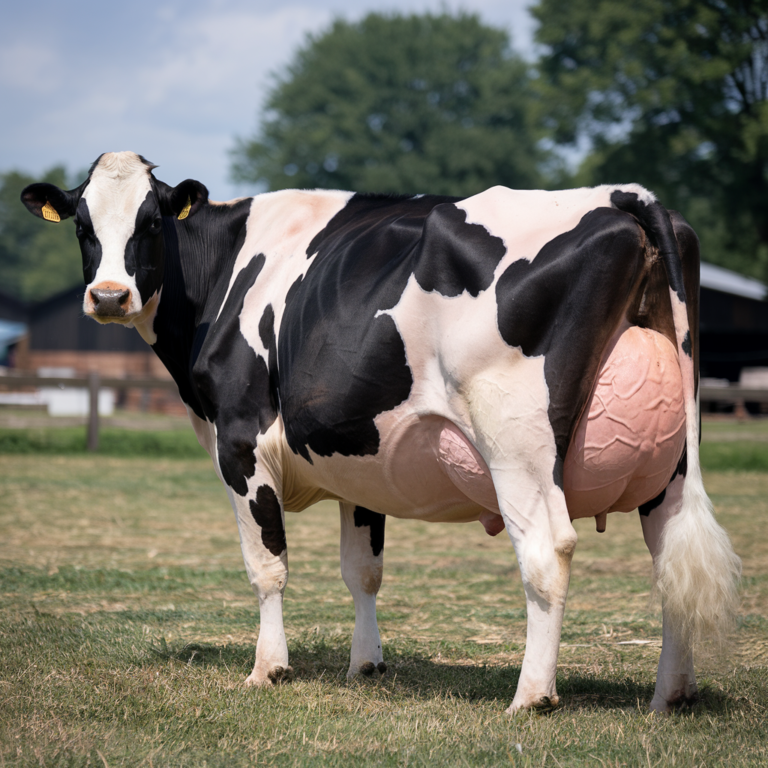Milk Fever? Ketosis? Don’t Wait Until Your Cow Goes Down
Your cow looks fine… until she calves. Then suddenly, she struggles to stand. She’s shaky, dull-eyed, or worse, down and unable to rise. What started as a normal calving ends with panic, calls to the vet, and the fear of losing one of your best milkers.
These are signs of milk fever and ketosis, two of the most common and costly metabolic disorders in dairy cows. The scary part? They often hit the highest-producing animals, the very cows you’ve invested most in.
What is Milk Fever?
Milk fever (hypocalcemia) happens when a cow’s body can’t keep up with the sudden demand for calcium after calving. Calcium is not just for bones, it’s critical for muscle function, heart rhythm, and nerve transmission.
Without enough calcium:
- The cow may tremble or collapse
- She can’t contract muscles properly, affecting the uterus and udder
- Retained placenta, mastitis, or even death may follow
It’s called “fever”, but temperature isn’t the problem—the cow is literally drained of her ability to function.
What is Ketosis?
Ketosis occurs when a cow enters negative energy balance after calving. Her body starts breaking down too much body fat to produce milk, leading to toxic buildup (ketones) in the blood.
Symptoms include:
- Loss of appetite
- Sudden drop in milk yield
- Weakness, dull behavior
- “Sweet” breath smell in severe cases
It often creeps in silently—a hidden loss-maker that reduces milk, delays conception, and slows recovery after calving.
Why Are These Problems So Common?
🟠 Feeding gaps during the dry period
🟠 Lack of transition diet planning
🟠 Imbalanced minerals (like calcium, magnesium, and phosphorus)
🟠 Sudden drop in feed intake post-calving
🟠 High-producing cows with unprepared metabolism
The cow’s body shifts dramatically during calving. If it’s not supported properly during the final dry weeks and early lactation, her system crashes.
The Hidden Cost of Doing Nothing
Metabolic disorders are one of the top causes of:
- Lost production in early lactation
- Poor reproductive performance
- Higher culling rates
- Emergency vet bills
- And sadly, cow deaths right after calving
And the most frustrating part? They’re preventable.
How Dairyverse Supports This Critical Window
At Dairyverse, we focus on building strong transitions, not just strong cows. That’s why RestoreX® supports:
✔️ Calcium & magnesium balance before and after calving
✔️ Liver function and energy metabolism
✔️ Appetite stimulation and feed efficiency
✔️ Immunity and smooth post-calving recovery
It’s not a cure—it’s a support system for the cow’s most vulnerable phase.
Final Word: Don’t Let It Catch You by Surprise
When a cow goes down after calving, the damage is already done. The real solution is preparing her early, understanding her energy needs, and supporting her with more than just feed volume.
Because milk fever and ketosis don’t knock at the door, they barge in when no one’s looking.
Prevention is power. And it starts before the milk does.






